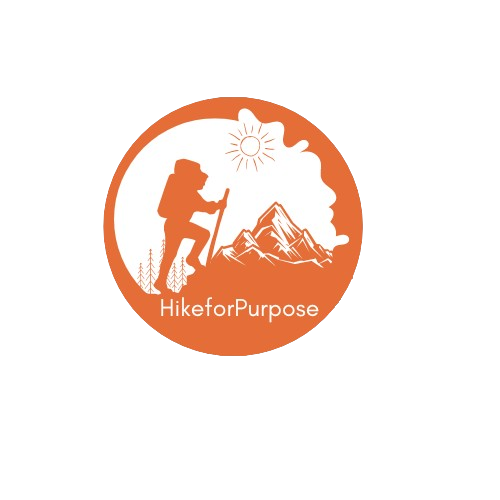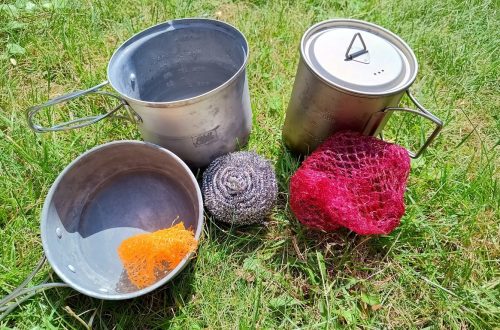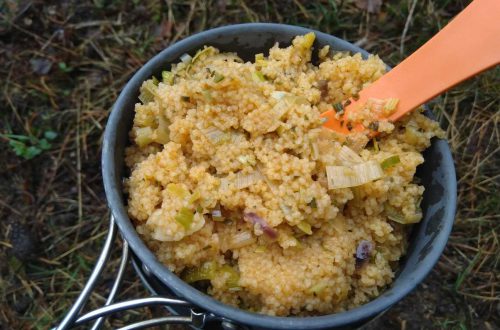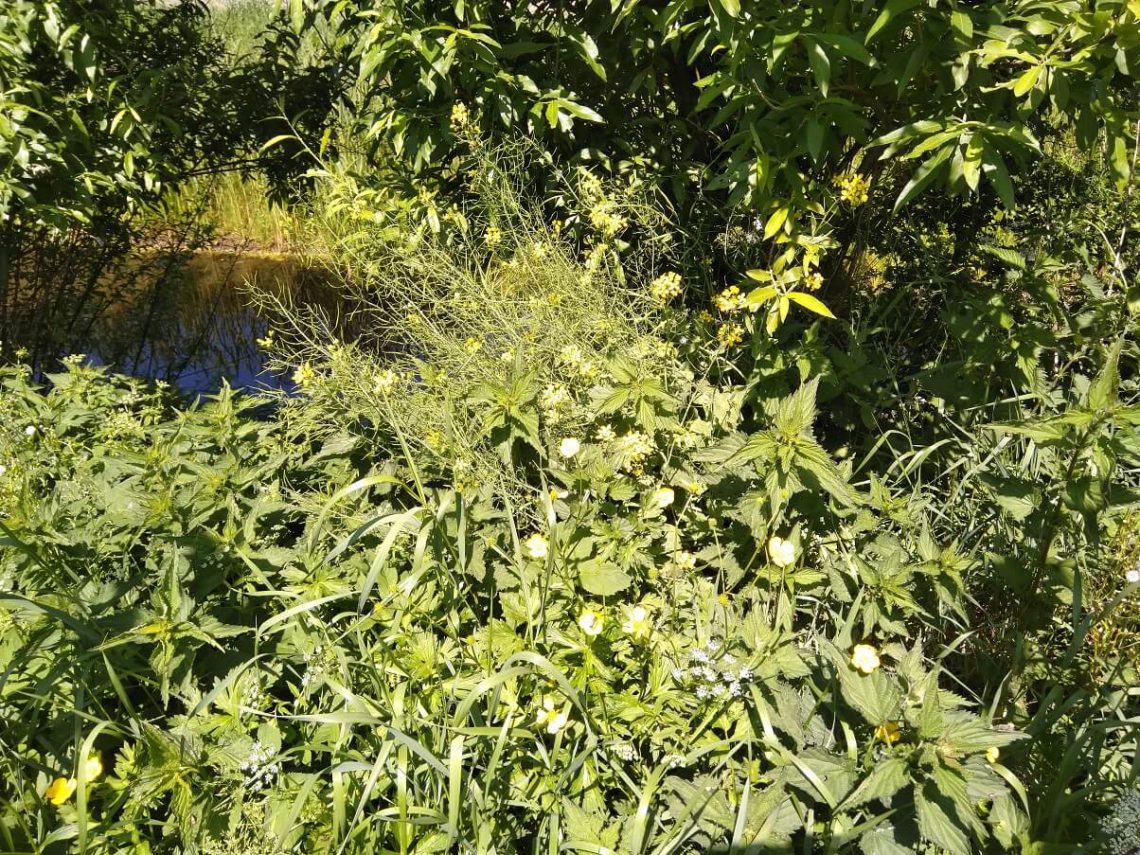
Foraging Wild Food along Hiking Trails
Foraging Wild Food when hiking is a great way to boost your otherwise shelf stable backpacking meals with fresh ingredients. Here are some tips and plants.
Foraging wild edibles and food is something I grew up with since my family always did it. When times are tough or you just want to try it out along your next hiking trip I can highly recommend it.
Eating the same few different hiking meals that you have had for the last few weeks can get quite boring.
With wild foraged food you can often stretch food supplies, improve or add an interesting flavor and save weight while on hiking trips!
Quick jump guide
- Different long distance Hiking trails and their food
- Most common Edible plants
- Ground Elder
- Stinging Nettle
- Dandelion
- Plantain
- Berries you should know about
- Pine Needle tea
- Conclusion
As always with these kinds of things know what your picking and know what is in the area that your going to be hiking in!
Do not just shove random plants into your system! Even touching or getting stuff into your eyes / skin can cause big problems.
Best way is to go out with somebody that knows their stuff and can teach you what to look out for. Often you can find people on different forums or social media if you don’t know anyone. Or look for a (bushcraft or foraging) course in the area. This book is also a gold mine for more information about this very subject.
Different long distance Hiking trails and their food
There are a lot of long distance hiking trails that you can thru hike in this World. Some of the more popular ones are located in America. Here you spend months in the forests, mountains to grasslands and deserts. In Europe things are very different since we do not have the same kind of space.
I am from the Netherlands and have hiked to be what could be considered thru hiking in them, in the United Kingdom, Portugal and Spain. Also went on multiple vacations in Sweden. Went to the United States in Virginia and Tennessee for a small part of the Appalachian trail.
The trails like the food that can be found along them differ a great deal. But some plants and skills are interchangeable. Skills and plants you learn for the United Kingdom can be used in countries like the Netherlands, Belgium, Germany, Sweden and Denmark. Etc.
Most common Edible plants
Starting off with the most common plants in my immediate area along hiking trails are Dandelion and stinging nettle. These two can be found all over the world and are a nice addition to any Stamppot. Stinging nettle also goes great in many soups, ramen noodle dishes and more of the same. In Europe these plants down below are very common and can be found under a lot of hedges.
They add some flavor and up the veggies in your often quite bland hiking food. For more ways to spruce up your hiking meals with flavor you can look at my spices for hiking article.
Bishop’s weed or Ground Elder
Aegopodium podagraria
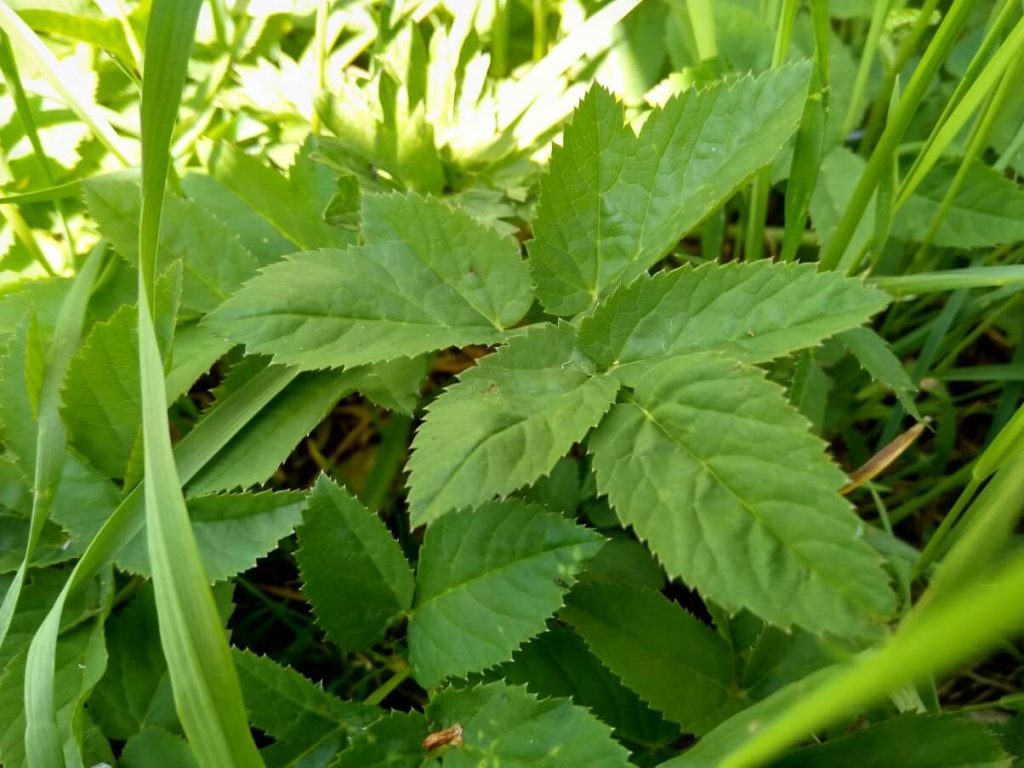
A great plant that I like the taste of very much is Bishop’s weed or Ground Elder (Aegopodium podagraria). Spread out by the Romans across Europe this plant is an excellent addition to nearly every dish. Easily identified by their seven leaf pattern.
You can even make pesto out of it! In the future I plan on making a specific trail meal recipe with this plant. So keep on the lookout for that!
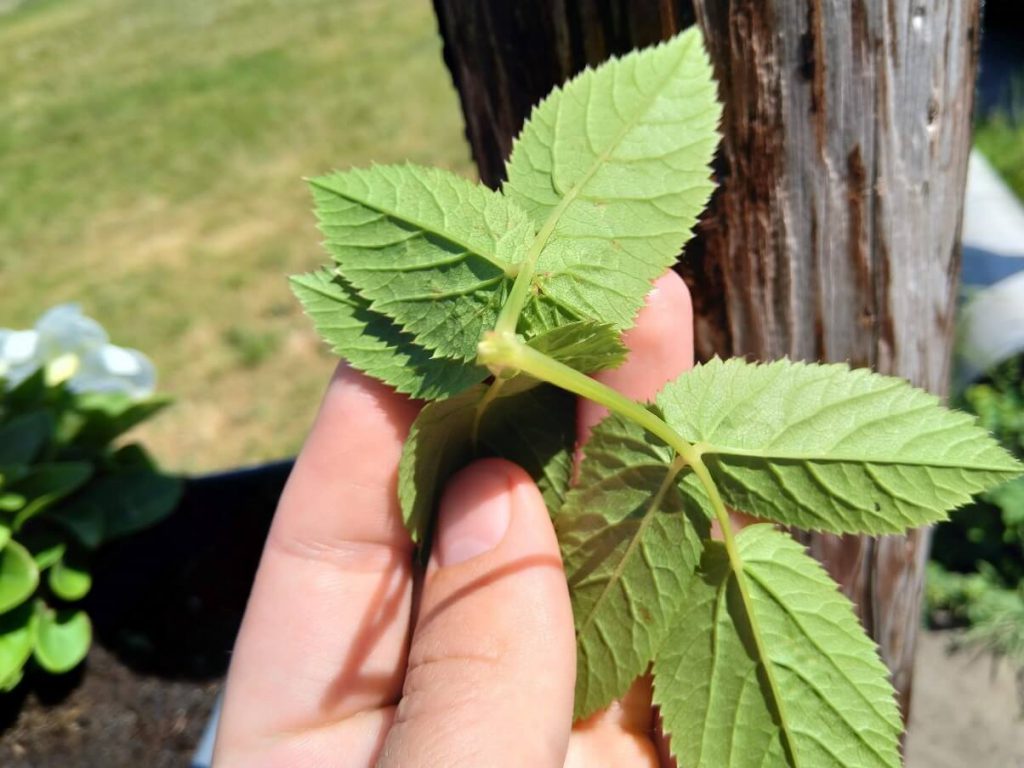
With a peppery taste raw and a great flavor kind off like a cross between carrots and parsley. It is a great flavoring for Italian type dishes I think. And in my experience eating them I really like the young leaves as a salad replacement and the more mature leaves boiled or lightly wilted in a pan.
Stinging Nettle
Urtica dioica
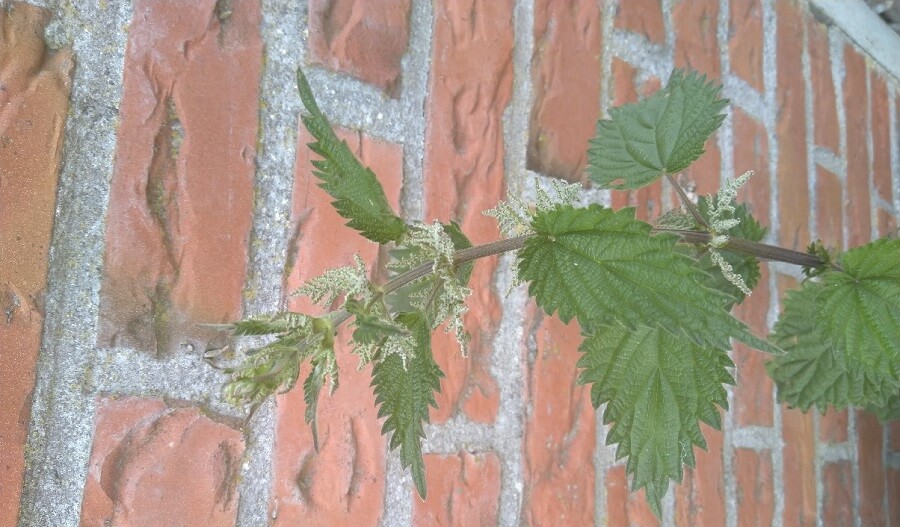
Once you get past the stings stinging nettles can be a great vegetable to eat. With its young leaves you can flavor soups or little stew pots while out on trail. Available all over the World pretty much. This one is easy to spot and recognize.
Stinging nettle also makes for a great tea that you can make. Adding some fresh tea to your cuppa is a great moral boost if you enjoy drinking tea.
Dandelion
Taraxacum

Popular for a long time before falling for the popular green grass lawns. Dandelion is an eyesore for any gardener. But for the hiker it is a quick and easy plant to recognize and snatch up to throw on your tortilla, soup or other dish that your going to be eating along the hiking trails.
Very easy to identify by their yellow flowers and typical leaf. As a kid you probably blew on their seed stems for fun.
Plantain
Plantago
For example also: Plantago major subsp. major
Plantain is a common plant in pretty much all the world. There are a lot of variants on these so watch out that you have the correct ones.
Not that tasty in my opinion, however very good for you and any wounds that you may have. Chew or break it up for direct application to bite or burn marks to ease the pain a little and prevent infections.
Berries you should know about
For your morning oatmeal you can scrounge quite the few berries when you happen to be in the right season. Blueberries being one of the easiest to gather and identify out on hiking trails.
Other berries you can keep an eye on are elder-flower berries, although I hate the taste of them myself. Wild strawberries, blackberries raspberries are all good options to throw into the mix if you encounter them. I would not count on them, because they need to be in season and some of them are not exactly easy to find.
Pine Needle tea
Pseudotsuga menziesii
Pinus strobus
Pine needle tea can be made from a lot of different pine trees. Eastern white pine or Douglas fir are two great options. The older the needles the better the tea I find. The younger ones are nice to and a bit milder taste. Just steep them for a good while. A pot cozy comes in handy with Pine needle tea as well.
Be very aware of the Yew tree that is toxic. Stay away from that one and as always consult a few sources before eating / drinking it.
Conclusion
You can eat a whole lot more than that I covered in this article. The ones that I cover in this article are just the ones that I am 100 % comfortable with and eat all the time. Not just on hiking trips.
That is why it is important to get out there and learn from an expert and get the great book by Samuel Thayer down below. Perhaps in addition to follow a course or expert in your area.
If you have a favorite wild forage that you want to share, do so in the comments.
Happy hiking and hike for purpose!
Follow my blog with Bloglovin

